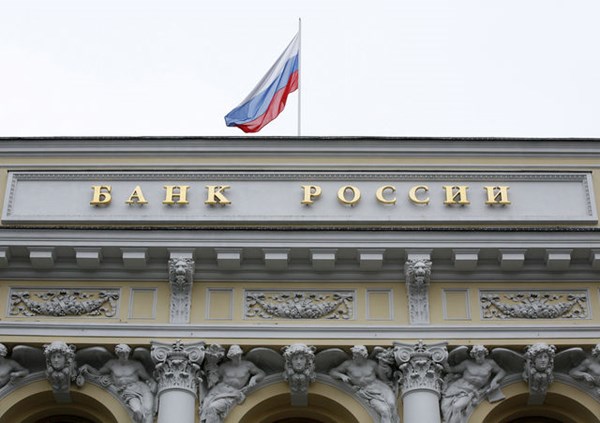Russia’s Central Bank removes capital withdrawal indicator after $67 billion outflow
The indicator for “net withdrawal of capital by the private sector” has disappeared from all of the Bank of Russia’s reports following the indicator’s sharp decline in 2018, reports finanz.ru.
After capital outflow accelerated by 170% and reached a record since 2014, the Central Bank decided to rename the corresponding line in its publications.
The previous description was replaced by the neutral line “financial operations of the private sector”. The change was made not only in the latest releases but even in publications going back to 1994.
The Central Bank explained that the decision was made to “harmonize terminology” so that it corresponds to the national accounts system of the Russian Federal State Statistics Service.
Previously the Central Bank said that the outflow of capital “could even be good news”, explaining that the withdrawals are not necessarily illicit operations. They could reflect, for example, citizens or businesses buying foreign currency.
Economists have not found this explanation convincing. “The grand scale of capital withdrawal from the country highlights the declining faith in the economy,” observes Kirill Tremasov, head of the analysis department at Loco Invest.
The outflow for the year reached $67.5 billion, a figure not documented by the Central Bank since the 2014 crisis. In the fourth quarter alone, $36.5 billion left the country, nearly 50% more than for the entirety of the previous year.
Over the course of the year, $9.6 billion was withdrawn by foreign investors from the government debt market; another $20 billion was used by Russian companies on foreign assets. It is likely that these were funds which raw materials exporters left abroad, deciding not to transfer them to Russian accounts, observers ING economist Dmitry Dolgin.
At the same time, the capital markets shut down: in the second half of the year, only 60% of foreign debt could be refinanced (as opposed to 86% in the first two quarters), observes Raiffeisen Bank analyst Denis Poryvay.
Underground outflows have also increased drastically. Although officially the Central Bank did not detect any “suspicious operations” (these were assessed at $0), “mistakes and omissions” for October-December indicated outflows of $5.6 billion. These are funds which were withdrawn from the country under unclear circumstances.
It was the outflow of capital that caused the sharp devaluation of the Russian ruble, Tremasov notes: the situation surrounding the inflow of foreign currency was exclusively favorable. The average oil price increased by $16, export profits jumped by 25% (to $443 billion), and the inflow from foreign trade by 68%.
At the end of the year, Russia’s current account balance (the difference between the primary flows into and out of the country) was $114.9 billion, or 7% of the GDP, an all-time record.
According to Tremasov, “The catastrophic devaluation of the ruble which we observed last year (-17%) against the backdrop of such a high current account surplus is a unique occurrence.”
